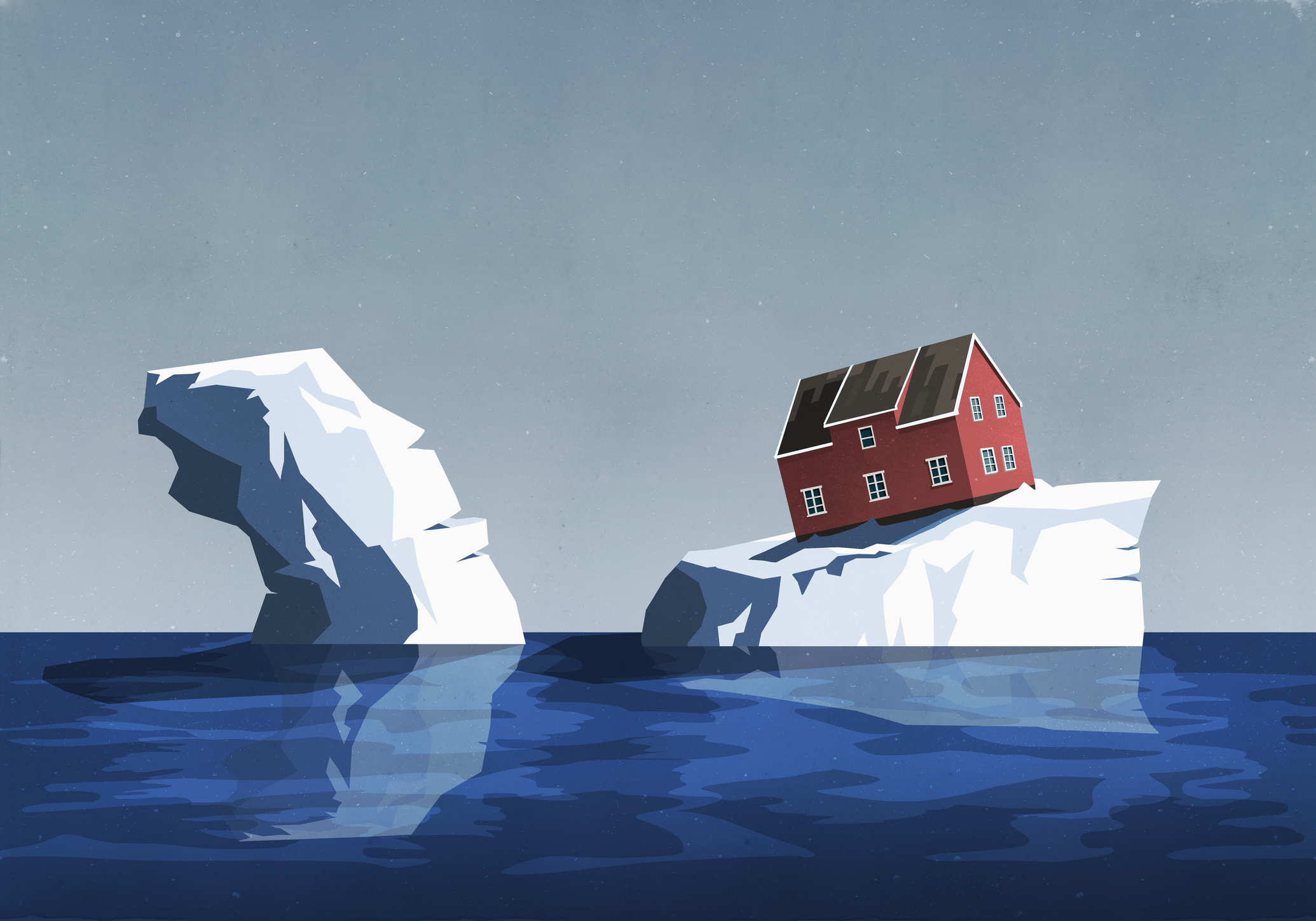This App Ranks Home Loans According To ‘Green’ Credentials
Lenders are ranked on Acacia’s app based on sustainability goals and practices.
With a firm want from the finance industry to look to ‘greener’ options, Acacia Money pulls together collates the trends driving the market, including a growing desire for climate action, bank funding of the energy transition, the emergence of a platform economy and data-driven analytics used by more empowered consumers.
The two-year-old start-up provides a consolidated view of users’ finances plus insights on the coasts and environmental credentials of energy, superannuation, mortgage and savings products — also helping consumers switch providers.
Joining Acacia this week is Uno Home Loans, a digital mortgage broker that will aid in assessing 85% of the mortgage lenders in the market based on commitments to net-zero and the amount of group revenue earned from lending to fossil fuel-intensive industries. Acacia will show users a host of financial providers ranked in order of ‘sustainability’ on its app.
Beyond mortgage lenders, Acacia is analysing deposits and super funds, encouraging customers to think about shifting to financial institutions with the strongest ESG profiles.
The start-up relies on a range of data feeds to create its environmental scores and is in talks with a range of data providers to get more detail on emission intensity. Currently, it has built tools ranking lenders on governance and their 2030 and 2050 sustainability commitments alongside its lending books.
For Acacia, the goal is to give consumers clarity on where their financial institution of choice lends their money. Some banks have responded to calls for a greener industry and products by offering “green loans”, whereas Acacia wants to bring to light where corporate and institutional lending is being offered.
This stylish family home combines a classic palette and finishes with a flexible floorplan
Just 55 minutes from Sydney, make this your creative getaway located in the majestic Hawkesbury region.
Continued stagflation and cost of living pressures are causing couples to think twice about starting a family, new data has revealed, with long term impacts expected
Australia is in the midst of a ‘baby recession’ with preliminary estimates showing the number of births in 2023 fell by more than four percent to the lowest level since 2006, according to KPMG. The consultancy firm says this reflects the impact of cost-of-living pressures on the feasibility of younger Australians starting a family.
KPMG estimates that 289,100 babies were born in 2023. This compares to 300,684 babies in 2022 and 309,996 in 2021, according to the Australian Bureau of Statistics (ABS). KPMG urban economist Terry Rawnsley said weak economic growth often leads to a reduced number of births. In 2023, ABS data shows gross domestic product (GDP) fell to 1.5 percent. Despite the population growing by 2.5 percent in 2023, GDP on a per capita basis went into negative territory, down one percent over the 12 months.
“Birth rates provide insight into long-term population growth as well as the current confidence of Australian families,” said Mr Rawnsley. “We haven’t seen such a sharp drop in births in Australia since the period of economic stagflation in the 1970s, which coincided with the initial widespread adoption of the contraceptive pill.”
Mr Rawnsley said many Australian couples delayed starting a family while the pandemic played out in 2020. The number of births fell from 305,832 in 2019 to 294,369 in 2020. Then in 2021, strong employment and vast amounts of stimulus money, along with high household savings due to lockdowns, gave couples better financial means to have a baby. This led to a rebound in births.
However, the re-opening of the global economy in 2022 led to soaring inflation. By the start of 2023, the Australian consumer price index (CPI) had risen to its highest level since 1990 at 7.8 percent per annum. By that stage, the Reserve Bank had already commenced an aggressive rate-hiking strategy to fight inflation and had raised the cash rate every month between May and December 2022.
Five more rate hikes during 2023 put further pressure on couples with mortgages and put the brakes on family formation. “This combination of the pandemic and rapid economic changes explains the spike and subsequent sharp decline in birth rates we have observed over the past four years,” Mr Rawnsley said.
The impact of high costs of living on couples’ decision to have a baby is highlighted in births data for the capital cities. KPMG estimates there were 60,860 births in Sydney in 2023, down 8.6 percent from 2019. There were 56,270 births in Melbourne, down 7.3 percent. In Perth, there were 25,020 births, down 6 percent, while in Brisbane there were 30,250 births, down 4.3 percent. Canberra was the only capital city where there was no fall in the number of births in 2023 compared to 2019.
“CPI growth in Canberra has been slightly subdued compared to that in other major cities, and the economic outlook has remained strong,” Mr Rawnsley said. “This means families have not been hurting as much as those in other capital cities, and in turn, we’ve seen a stabilisation of births in the ACT.”
This stylish family home combines a classic palette and finishes with a flexible floorplan
Just 55 minutes from Sydney, make this your creative getaway located in the majestic Hawkesbury region.


















